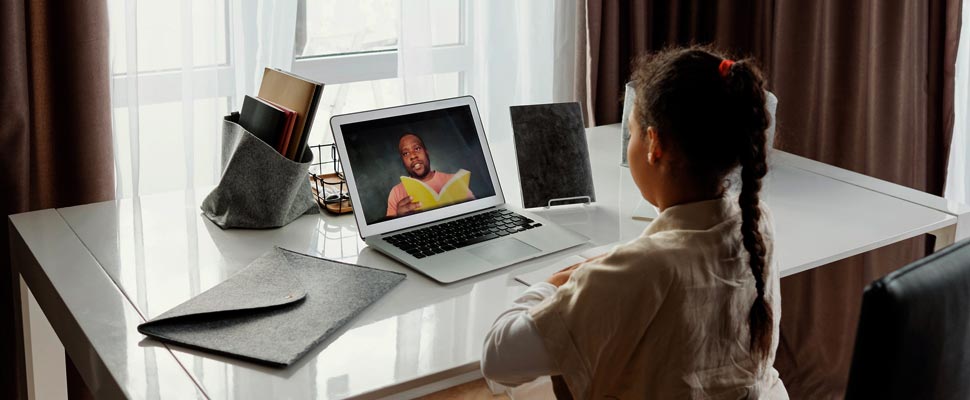Virtual education and its problem with student desertion
How to ensure that students have a satisfactory experience and not drop out? .

Virtual education is representing a problem for students. / Photo: Pexels
LatinAmerican Post | Ariel Cipolla
Escucha este artículo
Leer en español: La educación virtual y su problema con la deserción de alumnos
The coronavirus pandemic prevented face-to-face classes from taking their usual course. To avoid contagion, the countries decided to implement the distance education modality. Some institutions will continue under this modality, even once this quarantine ends. For example, the iProup website highlights that “virtual education is here to stay in undergraduate degrees”, since new forms of study adapted to this circumstance are designed. And while the new norm is still forming, the changes can make it difficult to keep up the good academic performance. That’s why it’s important for students to stay ahead of their schedule and reach out to professionals for custom essay writing help. While we’re getting used to virtual education, students must take measures to save their grades today.
Another possibility would be, as highlighted by La Nación, the incorporation of dual classrooms. Basically, it would be complementing the classroom hours with virtual ones, through video calls and online educational management programs, but also with classroom attendance.
Despite the good intentions in terms of teaching, a drawback still arises: to what extent are these modifications possible?
Virtual education: challenges and problems
When we talk about virtual education, we must focus on those who need it. According to the La Tinta website, technologies “burst as a necessity”, since they are necessary means to access teaching-learning. However, social inequalities can enhance scenarios where there are fractures to access this knowledge.
The inability to access a computer, for example, can cause difficulties and impossibilities to continue with the course. For example, the media of La Nueva de Bahía highlights that there was a 17% dropout rate in the area, because they have difficulties psychologically adaptating to a new way of teaching.
Also read: COVID-19 lockdown caused 50% global reduction in human-linked Earth vibrations
This situation caused changes at the structural level of teaching and content. Teachers, for example, seem to have a greater work overload, especially in the facet of corrections, since new forms of evaluation have to be implemented. At the same time, the teachers themselves may be the result of this unequal access, since many cannot have a good connection, a computer, or even know how to use a smartphone.
Thus, the students seem to be affected by a whole system that results in a low level of interaction. Continuing with the lack of communication between the institution and the students, which is one of the dropout factors in this instance, the El Doce TV website comments that, for example, in Argentina synchronous public education is almost nil. Despite the efforts of teachers, the reality of differences in access to technology seems to prevail.
At this point, it should be said that the current perspective is that, although the institutions consider certain guidelines, the final decision is made by the teacher. The implementation of one system or another, the convenience of working with platforms, and even the active use of digital tools seem to be derived from the management, knowledge and material possibilities of teachers.
Therefore, if we take this into account, we must say that, although this generation is considered “digital native”, not everyone is accepting this modality. According to the iProfessional medium, students "struggle with connection difficulties and lack of equipment", where six out of ten like do not like this modality. It is clear, then, that opportunities must be equalized and the system optimized to avoid the massive dropout of students.




